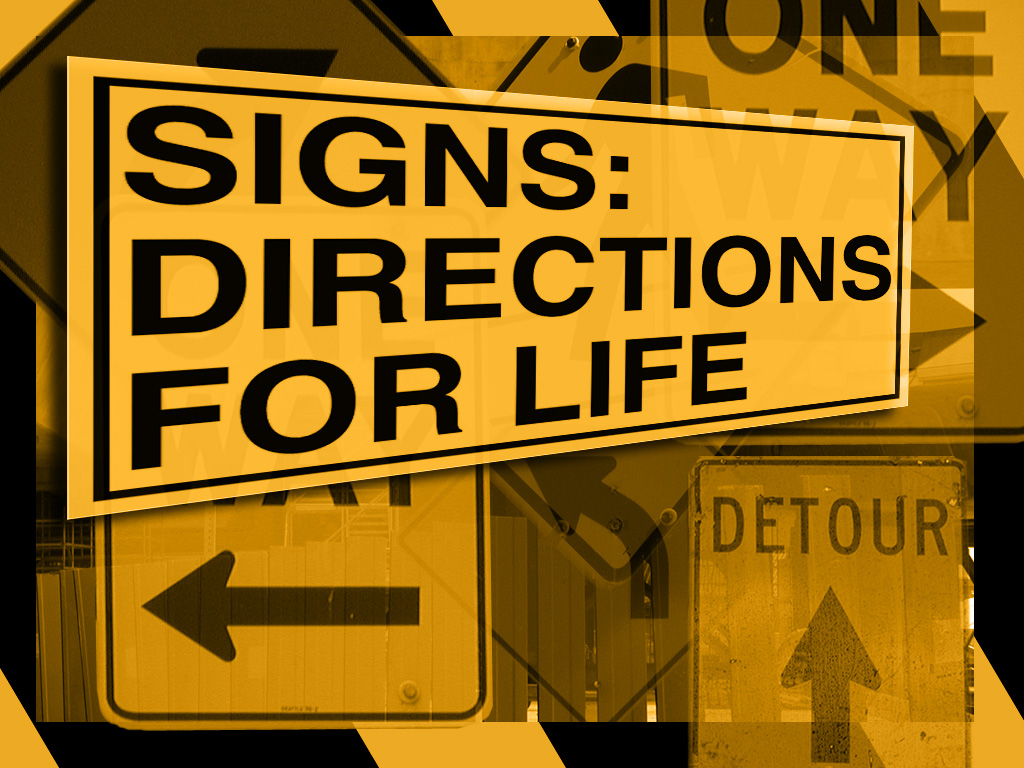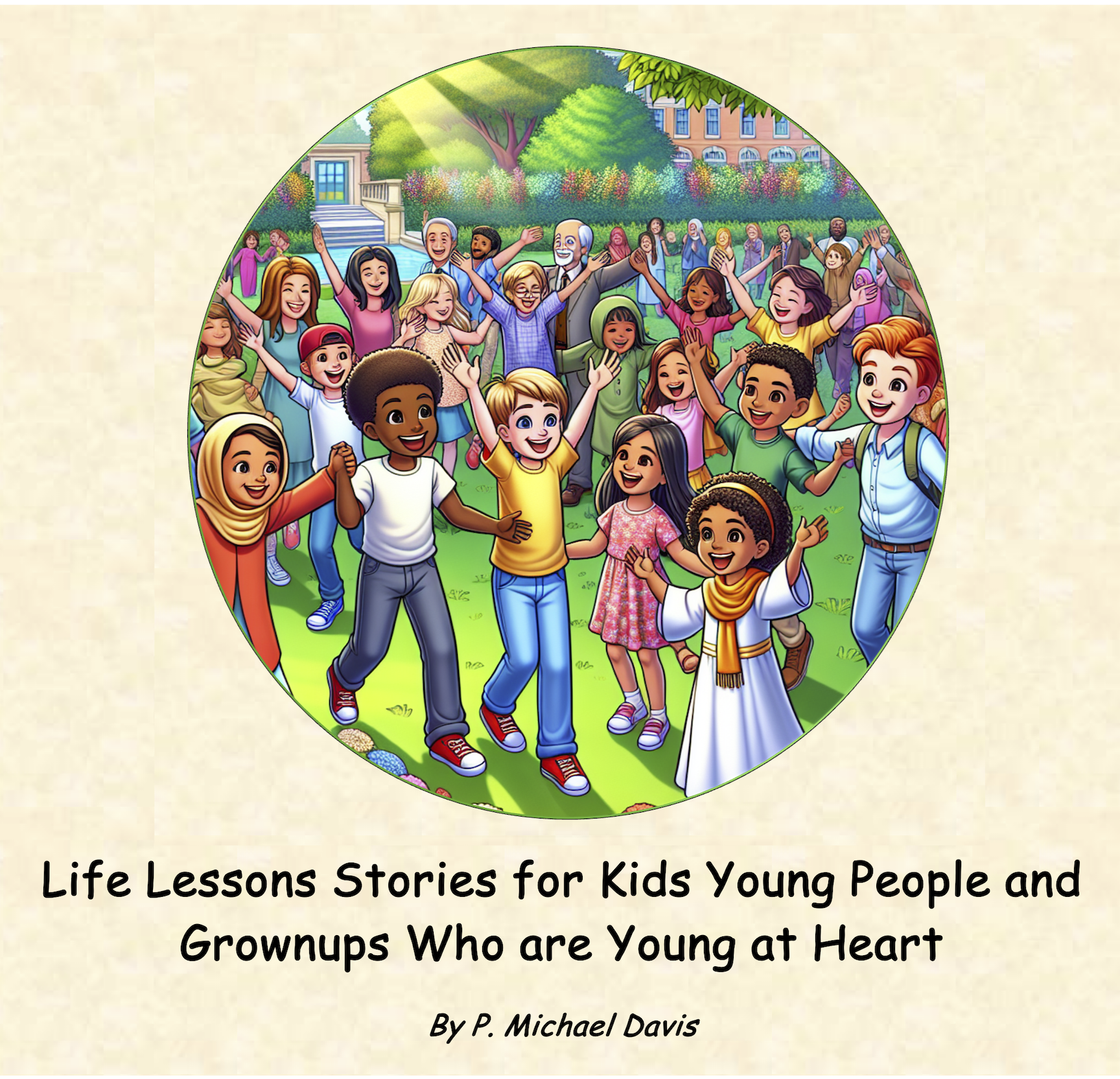Parenting Adolescents:
An overview of the dynamics, challenges and rewards

Before we can get into the subject of parenting adolescents in the area of spiritual development, we have to understand the wide-ranging changes that occur during adolescence, what to expect both positively and negatively from adolescent children, and the strengths and limitations of how adolescents think. To complicate matters, there are a host of parental myths and misperceptions about what happens during adolescence. This often causes parents to anticipate the coming of that stage of life for their own children with fear and trembling.
For example:
Myth #1 - Puberty will take over and turn my child into a crazed alien species intent on the destruction of everything on the planet that I hold as rational and appropriate.
The Truth #1 - Puberty is a time of change for both you and your child, but, while it does present some challenges to you both, it doesn’t have to be a negative or destructive time for either of you.
Myth #2 - I had terrible experiences as an adolescent. I must protect my child from the same pain that I experienced.
The Truth #2 - Your child will have his or her own experiences, not yours. You can’t protect him or her from adolescence, but you can help make the experience easier and less painful by first remembering that it is their journey, not yours. In addition, you can draw upon the reality that you survived and how you navigated the journey, and then use your experience to help them through it as well.
Myth #3 - I need to know how to handle my adolescent child and make sure that he or she becomes a responsible and rational adult. If I do this wrong, he or she will turn out to be a terrible person.
The Truth #3 - Because each child is different, there is nothing easy about the journey of adolescence for either parent or child. You will never be able to “handle” your child or control who or what he or she becomes. You will make parenting mistakes but take comfort in the fact that all parents make mistakes and, as a rule, their children generally grow up to be fairly responsible and productive adults. But always remember that the most critical parenting skill is the ability be flexible and to love your child through the good, the bad, and even the most difficult experiences.
Parenting Adolescents - What is adolescence really like?

Well, if you are an adult, that means you actually made it through adolescence and are now on the other side of it. The most critical learning you could have gained from going through it, is the realization and acceptance of the fact that whatever your experience was like, it will not be the same as what your child will experience. Additionally, it is almost impossible to analyze or even remember clearly just exactly what was going on in your mind and body during that transition period, because adolescence can begin as early as 10 years old and can last until the age of 21. Now you may know some so-called adults who seem to be stuck in adolescent behavior in their middle-life years, (but contrary to an abundance of anecdotal evidence, there are no scientific studies proving the existence of mid-life adolescence (to my knowledge).
Regardless of when adolescence begins, almost everything in the life of a child who is experiencing it will undergo some type of major change and/or transformation. They experience a multitude of changes in their physical, psychological, emotional, relational, social, and sexual states, as well as shifts in reasoning, thinking, and just about every other kind of change you can imagine. I once had a friend, who was also a counselor, describe adolescence as having one foot in childhood and the other in adulthood while water skiing through space and time and trying desperately not to fall and get lost in between the two.
However, these changes and transformations are necessary for children to develop into healthy, well-adjusted, positive, and productive adults. What makes the difference between a detrimental adolescent experience and a healthy one is how parent(s) create a stable, loving, consistent, respectful, safe, and trustworthy environment for that child to experience life and develop through the myriad of changes into adulthood.
That sounds like a pretty tall order for parents, and on a certain level it is. But, as I’ve said before, helping children to build values and character and all the other aspects of what it means to be a positive, healthy, and happy adult is one of the most rewarding adventures in life. The reward far outweighs the work and challenge.
So, let's get specific about parenting adolescents.
What kind of challenges can you expect from your child during this time?

Physical changes
Physical changes occur both inside and outside the body during adolescence. This happens from the release of certain hormones (chemicals) in the brain. These hormones released are the same for both males and females, but differences in hormone levels in males and females lead to different results. The physical changes in adolescents shift them from their childhood bodies to their adult bodies giving them the ability to develop and have the physical capability of producing children of their own.
Adolescents also experience growth spurts, large shifts in energy levels and fluctuations in both height and weight. Their muscles become longer and stronger and they may undergo a change in body odor, the onset of acne, and an increase in the growth of body hair.
All these physical changes have a profound effect on how adults and adolescent peers view and treat them, as well as how they view themselves.
Emotional Changes
During adolescence young people generally become more keenly conscious of their own feelings and more concerned with the feelings and opinions of others, especially peers. This can result in interference with their performance and behavior in school, at work, within the family structure, and present a challenge in maintaining appropriate interactions with others, both peers and adults.
Emotional changes may bring about struggles for unsupervised independence, mood swings, erratic behavior, stress, social and friendship conflict, and oppositional interactions with authority figures.
Reasoning and Cognitive Developmental Changes
Reasoning and cognitive development refer to changes in the brain which produce structures and processes that help people to think and learn effectively. Just as in early childhood, brains in adolescence undergo a huge amount of growth and development. These changes ultimately will reinforce their ability to learn effectively and to make and carry out positive and appropriate decisions that help them develop life skills.
The most crucial thing to understand about these changes is that they are part of a developmental process and are generally not completed until the end of adolescence. This means that it takes several years for the cognitive changes to reach the place in which the adolescent will be capable of effectively developing learning and decision-making skills which will help them independently thrive in the present, and effectively prepare for the future.
Let’s say your adolescent does something that, from your point of view, was decided upon without intelligent thought, concern for the danger, consequences, or effect it might have on his or herself or any others involved. After such an event, you might ask the adolescent why he or she did that.
If your experience is anything like mine and the great multitude of other parents, the answer to your “Why did you do it?” question might be “I don’t know.” The next interchange in the conversation generally goes like this. The parent(s) roll his and/or her eyes and says in the most frustrated tone possible, “How could you not know? You were there, weren’t you?” To which the adolescent either just looks dumbfounded at the parent(s) or says, in a very serious and honest tone, “I don’t know.”
There is not a parent in the world who, after having this conversation, doesn’t at least think to his or herself, “How can he/she say, I don’t know?” The truth is that the adolescent can honestly say that because it's true. They really don’t know how they got themselves into trouble because their brains have not developed enough yet for them to be able to analyze the possible consequences of all their decisions or actions.
What happens in the adolescent brain?
First and foremost, as the adolescent brain grows, it develops a huge number of brain cells for the purpose of storing new information and designing neural pathways to access new thinking processes and cognitive skills. The problem is that the number of cells the brain produces is far more than the number needed to function efficiently, so they slow down and decrease the brain’s ability to perform all its cognitive tasks. Over time the brain will trim and prune some of the extra cells which enables adolescents to access the information and processes they use most. That is why it is critical, during the period of adolescent development, that each child has help and guidance in developing and internalizing processes for making positive and safe decisions, and for developing rational and effective methods of analyzing the positive and negative consequences of their choices.
I have said before that children are like wet cement, whatever falls on them makes an impression. Nothing could be more true for adolescents. Whatever they encounter and are exposed to will have a profound effect on the development of their thinking processes. That is one good reason why parents must provide reasonable, safe, and consistent boundaries for adolescents. While they will fight those boundaries, push them, and try to beat you down until you give up on them, you must stand fast… true danger exists if an adolescent doesn’t have those boundaries.
As a parent, what kind of payoffs can you expect during adolescence?

Self-Awareness
How people feel about themselves–or the way they perceive their own talents, characteristics, and life experiences can affect their sense of self-worth. For an adolescent, self-esteem is vitally important. Since it can be influenced by approval from family, support from friends, and personal successes, parents have a rare opportunity to help their adolescent child build a positive self-concept and experience the joyful results in their relationship with that child. Research shows that adolescents with a positive self-concept experience greater academic success than do adolescents who lack this quality. Concerns about body image also are common and can provide opportunities for parents, teachers, and other caring adults to teach self-care, offer encouragement, and reinforce a positive body image. The more parents can offer honest encouragement for the building of positive self-esteem, even though it may feel like a never-ending task, the greater the payoff for a happy and well-adjusted young adult.
Abstract and Adult Thinking
Young children mostly understand only things that can be seen or touched. They may understand a portion of abstract ideas, such as love, justice, or fractions, but their understanding is of limited scope. As the brain develops in adolescence, a young person gains a broader understanding of more abstract ideas. This new ability helps young people plan for their present goals and consider how their choices will affect their future. There is nothing more rewarding for a parent than to sit down with an adolescent child and have a reasonable and rational adult conversation. There is a moment in that conversation in which a glimpse of the grown-up child can be clearly seen.
Moments of Still Being a Child
Even though they may be fighting against your guidance and boundaries, and demanding their independence, there are also moments when you are not the oppressing enemy, but the loving, comforting, understanding and compassionate mom or dad. I can remember even into their mid-teens my own children just wanting to be held and comforted like they did when they were little. They didn’t want any words or solutions to problems, they just wanted to feel what it was like to be that safe and loved child for a few moments.
They Do Grow Up
This is the bittersweet payoff. They do grow up and go out and make a life of their own. Perhaps the most difficult part of that is allowing them to make that life without getting in their way. But never fear, even when they move out, if they move out, they are never really gone. They are and will always be your child, no matter how old you or they are.
My grandmother had a great old saying, “You know you done good as a parent, if all your children are paying their own rent, ain’t nobody in jail, and they're all still speaking to you.”
Sensible Spirituality
A down to earth, non-religious, how-to-guide for living with your whole heart and mind
While there are a multitude of books about personal development and spiritual growth, author and storyteller P. Michael Davis goes down a different path by offering a real-life conversation about how to build and maintain a positive and spiritually healthy life.
His approach is thoroughly non-religious, entertaining, and devoid of jaw clenching seriousness. He will walk you through the whys and how tos of spiritual awareness, spiritual relationship building, spiritual love, and spiritual parenting for children and adolescents.
Sensible Spirituality is available, by clicking the book cover above, in kindle, paperback, and audio book formats at Amazon.com.

